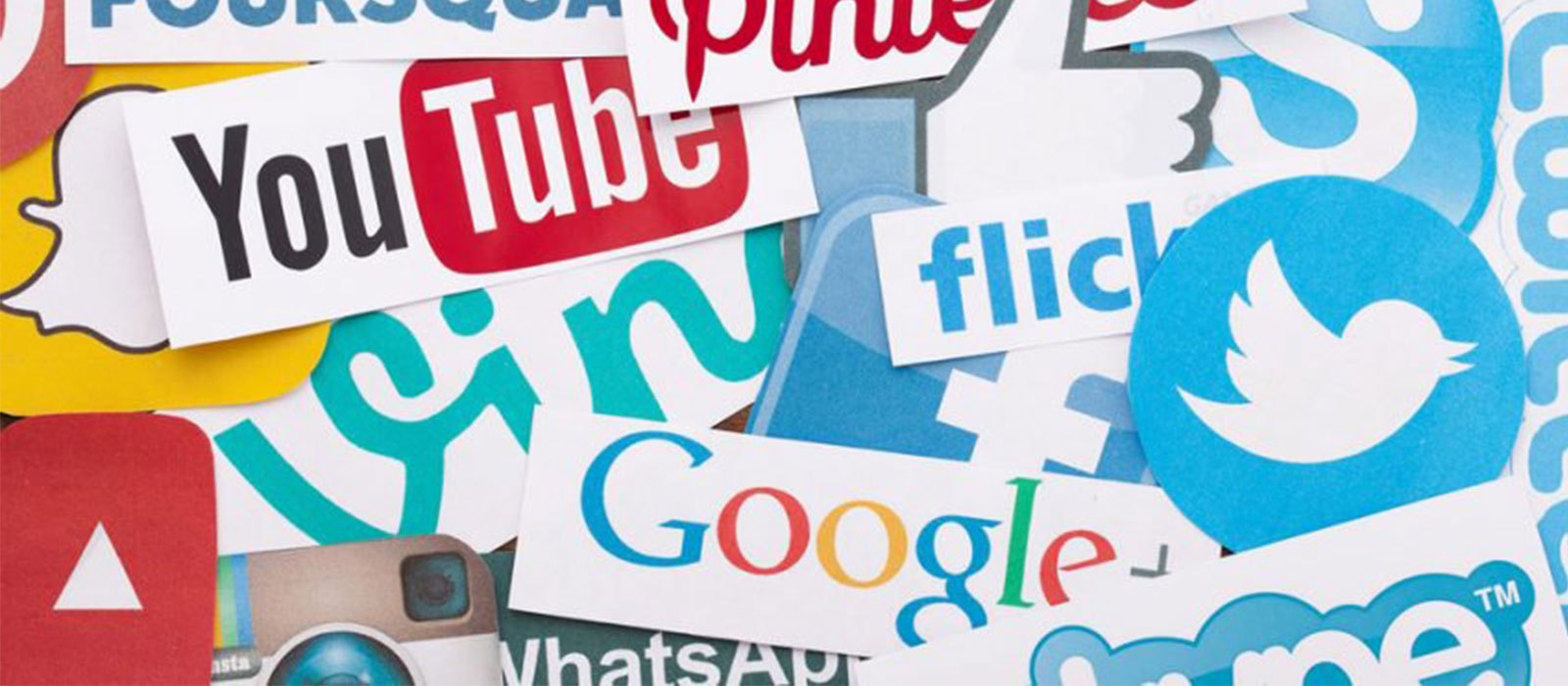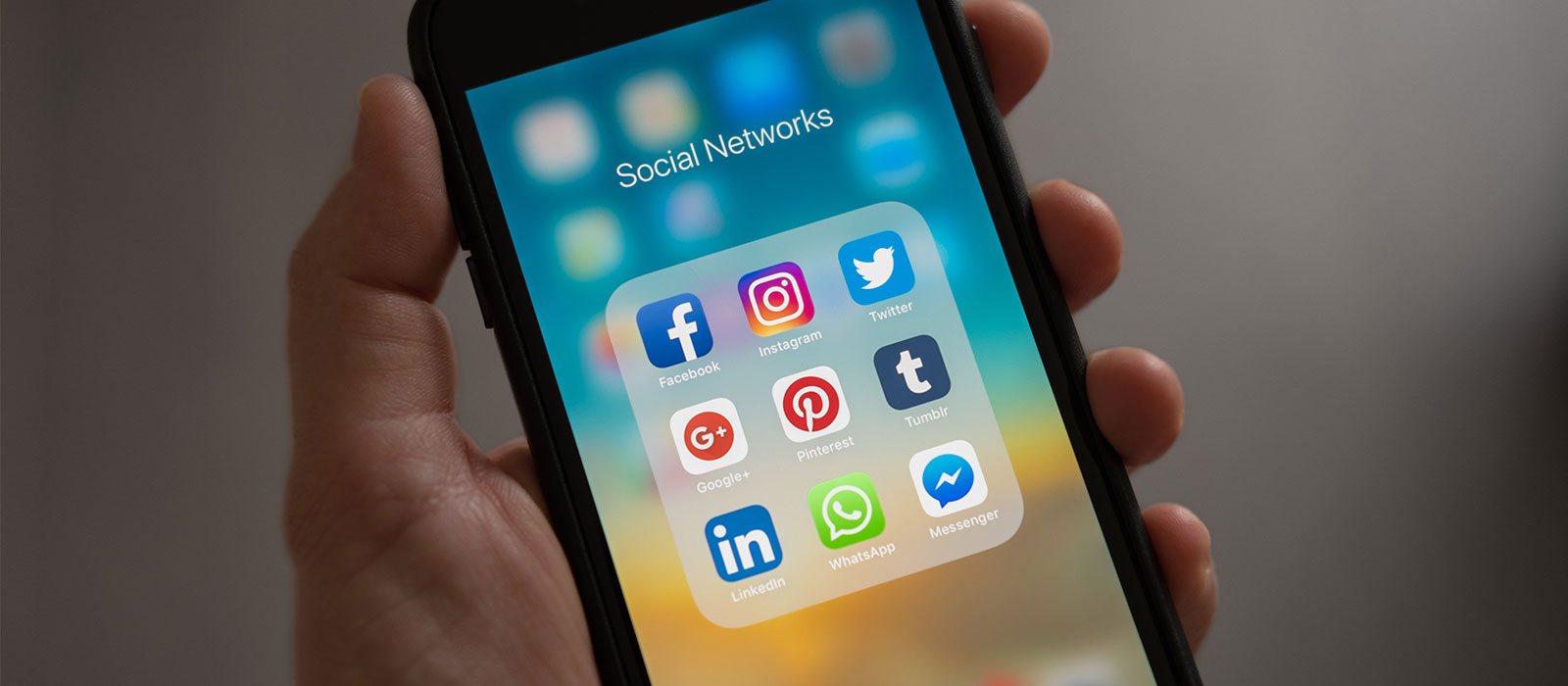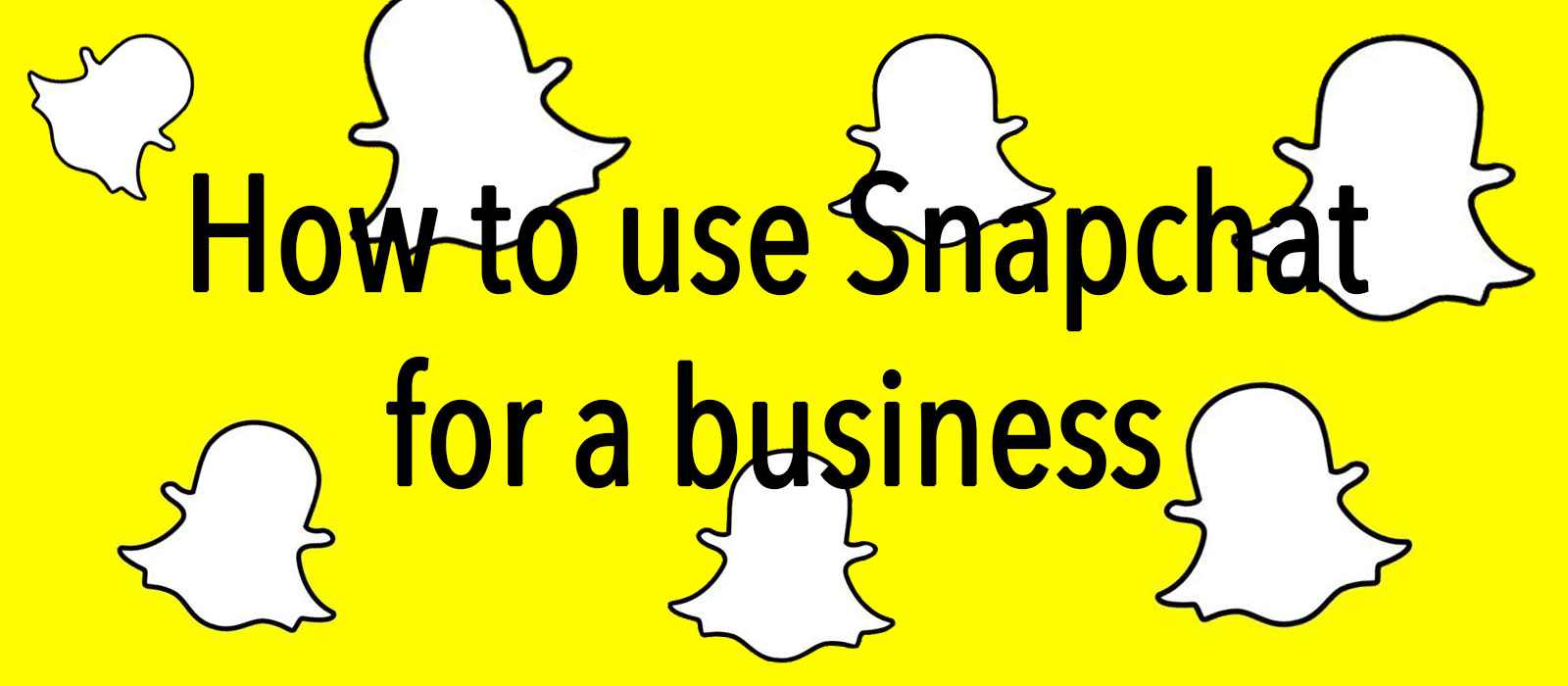Learn How Systematic Listening Can Help You Create Groundbreaking Copywriting
Systematic Listening can help you create your next breakthrough copy. From the outside, writers can seem like magical creatures, and I encourage this belief! Because we can create images, emotional states, even money and freedom, seemingly out of nothing. But we don’t really conjure great copy and content like a Patronus from the tip of a magic wand, even if we want to.
Effective writing takes time, and comes from a specific kind of “homework”. Empathetic listening to be exact, from spending time with the kinds of folk who make up the audience you’re aiming towards, and striving to see the world through their eyes.
I don’t mind copywriting formulas at all. They’re wonderfully handy cheat-sheets, so we can remember to include important persuasive elements. But formulas are just the beginning. We can’t bring them to life until we understand the person we’re communicating with. So, with that in mind, here are some ways to learn much more about the audience you’re serving with your work.
1: Why do you care about their problem?
Good content and copy needs to solve an audience’s problems, but sometimes we forget to ask, “what is it about this problem that really touches me?”
The world is full of people that have their own problems and concerns, but knowing what pulls you towards this one will help you to immerse yourself and get into the mindset of your audience.
You might have experienced the problem yourself. Someone you love might have wrestled with it, or maybe you’ve spent years working with clients, and have felt the pain of their initial starting place, and the triumph of resolving the problem. It’s hard to create an emotionally resonant piece of work if you can’t get to a place where you can feel the weight of the audience’s problem.
2: Ever heard of an Empathy Map?
The well-known empathy mapping exercise challenges us to understand what our audiences are seeing, thinking, doing, and feeling.
And that is always a great place to start.
Text is a wonderful thing, it’s what our magic is made of after all, but you may find that you also want to pull together imagery and other multi-sensory material to help you get into the right frame of mind.
Is there a film you could watch that would help you explore that emotional territory? A landscape or cityscape you could find on Google and print out for your reference? What is the soundtrack to this set of experiences?
You can use existing tools like empathy mapping, but you’ll form a much more vivid picture and better understanding of the situation if you add your own processes and techniques for your audience. The more you can immerse yourself in the emotional world of this person’s struggles and challenges, the better your copy will be, and the more engaged your audience will be.
3: Where are they talking about?
I’m a big fan of strategic lurking. What platform does your target audience use most commonly? Is it Facebook, LinkedIn, Pinterest, Twitter, Instagram? Finding this out helps you to understand what your audience wants, and how you can effectively deliver your content to them.
But at the end of the day platforms don’t matter. It’s the people that matter. So find out where your people like to hang out, even if it’s still MySpace.
I like to use this technique to find out what my audience is groaning and moaning about, the existing solutions that don’t seem to work for them, my competitors and possibly things they have to say about me, or my company. Doing this eliminates the possibility of me recreating a solution that they have already tried and have told me (or the platform) that it doesn’t work. I can save valuable time by just researching, shutting up for a minute and listening to what they have to say.
You’re looking for audience problems, yes, but you’re also looking for the specific language they use to talk about those problems. If your copy promotes a new gluten-free baked good, look for how people are complaining about what exists today. The words gummy, bland, chalky, gritty, and probably inedible should feature in your copy somewhere, as you paint the sad picture of what exists today.
4: Create a character profile.
I like to create a character and turn them into a lively, believable person. Similar to the empathy mapping technique I discussed earlier, this is like creating a fictional character, a “pretend” customer.
For example I’d ask what does your customer like? What kind of car does he drive? What kind of music do they listen to? What foods do they eat? How old are they? What are they interested in outside of the product you’re selling? I also like to create multiple characters so I can cover all my bases.
You don’t have to try to weave extraneous details into your copy, but they’re there so that this person feels real to you. In the same way that Hermione Granger or Severus Snape do. When the character feels as real to you as your favourite character from a film or a novel, you’ve got it.
5: Really get to know them.
Once your character is fleshed out, based on your listening and empathy exercises, it’s time to take them out for a drink.
A Bulmers? Or maybe a craft beer would be a more suitable choice? A porcelain cup of jasmine tea? Tequila shots? A green smoothie?
Picture yourself sitting down across a table with your new friend and just having a chat about your topic. About their frustrations, which you’ve studied in your careful listening campaign, the possible solutions and opportunities, the next steps that you think will help them to move to something better.
All of your copy should be written this way — one to one, across a table, over their beverage of choice. Not like the Pope at the balcony over St. Peter’s Square. Not one-to-zillions. Just a one to one.
Keeping things simple and personal will make it easier for you customers to engage with your copy, whatever it is about.






